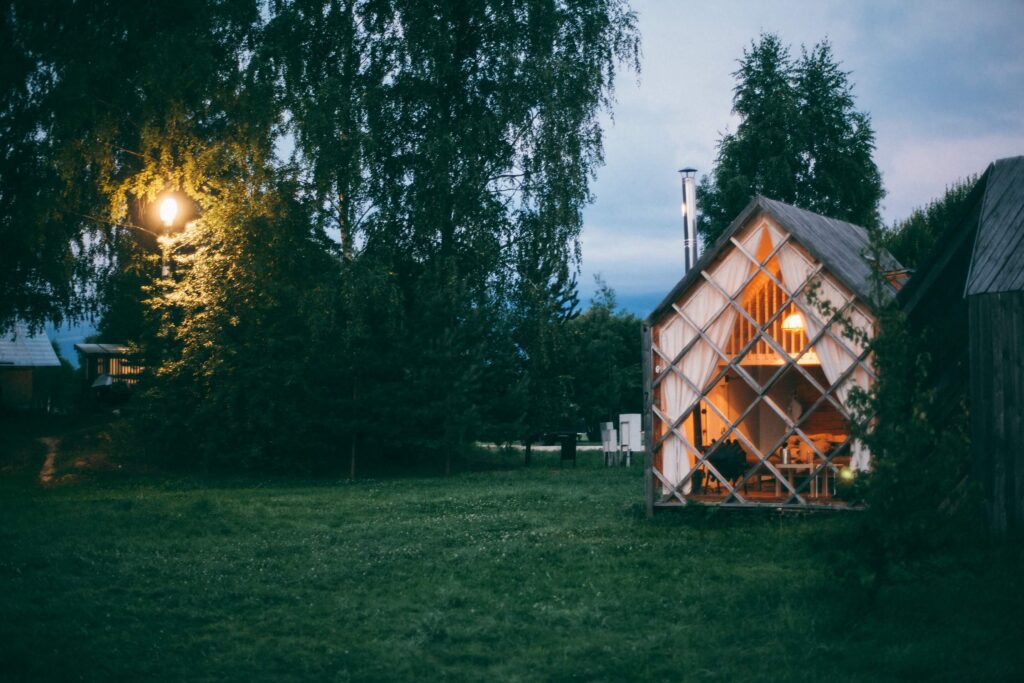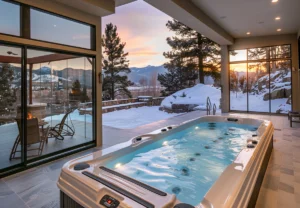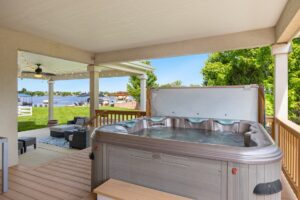The concept of a spa is synonymous with relaxation, luxury, and wellness. While many people enjoy visiting professional spa facilities, there’s a growing trend towards creating spa-like experiences at home.
One way to achieve this is by building a spa enclosure. In this article, we’ll explore the key considerations and steps involved in constructing a spa enclosure at home, allowing you to enjoy a spa-like atmosphere without leaving your property. We’ll delve into why you might want to build a spa enclosure, the planning process, key considerations, and additional features that can make your space truly special.
Why Build a Spa Enclosure?
A spa enclosure offers several benefits, including privacy, protection from the elements, and an enhanced aesthetic appeal. It provides a secluded space to unwind, meditate, or enjoy various spa treatments. Additionally, an enclosure can extend the usability of your spa area throughout the year, shielding you from harsh weather conditions like rain or snow. It also adds an extra layer of security, keeping your spa equipment safe from potential damage or theft.
Key Considerations
Zoning and Regulations
Before you start building, it’s crucial to check local zoning laws and building codes. Some areas may restrict the type of structures you can build, their size, or their proximity to property lines. Obtaining the necessary permits is essential to avoid legal complications down the line. It’s advisable to consult with professionals or your local municipality to ensure you fully comply with all regulations.
Design and Materials
Your spa enclosure’s design should complement your home’s architecture and the surrounding landscape. Materials should be durable and suited for the specific environmental conditions of your location. After all, you don’t want the elements to spoil your spa day. Common materials include wood, metal, and glass, each offering different aesthetic and functional benefits. For instance, wood offers a natural, rustic look but requires regular maintenance, while metal and glass can provide a modern, sleek appearance.
Planning and Construction
Budgeting
Determining your budget is a critical first step in the planning process. The cost of building a spa enclosure can vary widely depending on the materials used, the complexity of the design, and labor costs. Make sure to account for additional expenses like electrical wiring, heating, or plumbing, if applicable. It’s also wise to set aside a contingency fund for unexpected costs that may arise during construction.
Construction Process
The construction process can begin once you’ve settled on a design and obtained the necessary permits. Depending on your skill level and the project’s complexity, you may build the enclosure yourself or hire professionals. Either way, ensure the construction meets all safety standards and building codes. Regular inspections during the construction phase can help identify any issues early on, ensuring a smooth completion of the project.
Additional Features
Consider adding features like retractable roofs, built-in seating, or even a small kitchenette for refreshments to elevate your spa enclosure. Advanced lighting and sound systems can enhance the ambiance, making your spa enclosure a true sanctuary for relaxation and wellness.
Spa Building 101
Building a spa enclosure at home is a rewarding project that can significantly enhance your quality of life. By considering factors like zoning laws, design, materials, and budget, you can create a space that adds value to your property and provides a personal retreat for relaxation and rejuvenation.
Before you get started, you’ll want to visit us at Mt. Mist Spas to get your essentials. We have everything you need at our Fort Collins and Thornton, Colorado locations.






